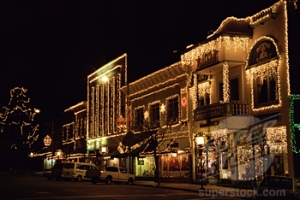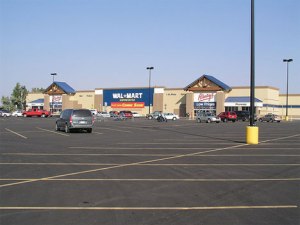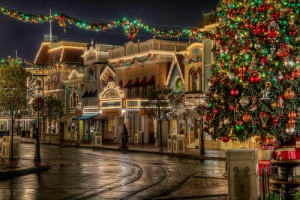“Why do you look at the speck of sawdust in your brother’s eye and pay no attention to the plank in your own eye?” Matthew 7:3 (NIV)
We have, from the NY Times, this op-ed piece written by investment banker, turned treasury secretary, turned consultant at large Hank Paulson.
And what does good ol’ Hank recommend for China? A New Urbanist approach to city planning and development!
Now, granted, this is a very good idea. China has the tremendous opportunity to get things right from the start; they have the opportunity to learn from our mistakes. If it’s true that China will have 200 cities with populations over 1 million by the year 2025 (and I have no reason to doubt that they will), they will have to do something drastic to make that sort of growth realistic and sustainable. So why not just skip the intermediate step (backwards) of sprawling development, and take an approach that has worked for thousands of years: traditional neighborhood design.
But, Hank, this all seems just a bit disingenuous. The history of Chinese urban development that you recount has a familiar ring to it. Eerily familiar.
Let’s take a look at the diagnoses:
“Unsustainable urban planning has yielded polluted cities that are destroying [the] ecosystem.”
Check.
“…appropriating farmers’ land and seizing land on the outskirts of cities to sell to developers. But these practices contribute to urban sprawl and often feed corruption.”
Check.
“Within city centers are countless “superblocks” — half-kilometer-square developments interspersed with huge boulevards that create monster traffic jams and skyrocketing pollution.”
Sounds like most downtowns to me.
“China’s future requires continued urbanization, which, absent a new approach, will only make the problem worse.”
Uh huh.
And the prescriptions:
“To achieve the country’s goals of raising living standards for a broader share of the population, cities must be better designed to yield energy efficiency and environmental sustainability.”
Yup.
“An approach that featured smaller blocks and mixed-use neighborhoods and accessible public transportation would alleviate these unintended consequences [that is, traffic congestion, sprawl and pollution].”
I agree.
But hold on just a second, Hank. Are we talking about China, or are we talking about ourselves? It’s all well and good to recommend that China adopt these smarter approaches to city planning, but don’t we face the same problems here? In fact, aren’t the problems worse here because “vast infrastructure investment makes the current model irreversible”? Ouch.
And, Hank, you totally miss the point. Well, you sort of get it, but you miss the main point. While it’s true that sprawl is a major contributor to global pollution that affects the standards of living for people everywhere, and has affected mass climate change on the world, taking a top-down approach to these problems is what got us into this mess in the first place. There are so many ways that people’s lives are enriched by living in real communities as opposed to the vast warehouses of the proletariat that are typical of most modern cities.
I hardly think it’s fair to compare the view from your house on Lake Michigan, which I’m sure you paid millions of dollars for, commute to and from every day in a luxury car (most likely driven by someone else), separated by miles from the squalor that exists in so many of our own cities, with the view from a hotel room in Beijing. It’s not apples to apples. Not even close.
Do China’s cities need a New Urbanist approach to their design and building? Absolutely!
But do OUR cities need it? Absolutely!
The rules are globally applicable, not just as a policy prescription to aid in the economic development of select parts of the world.






